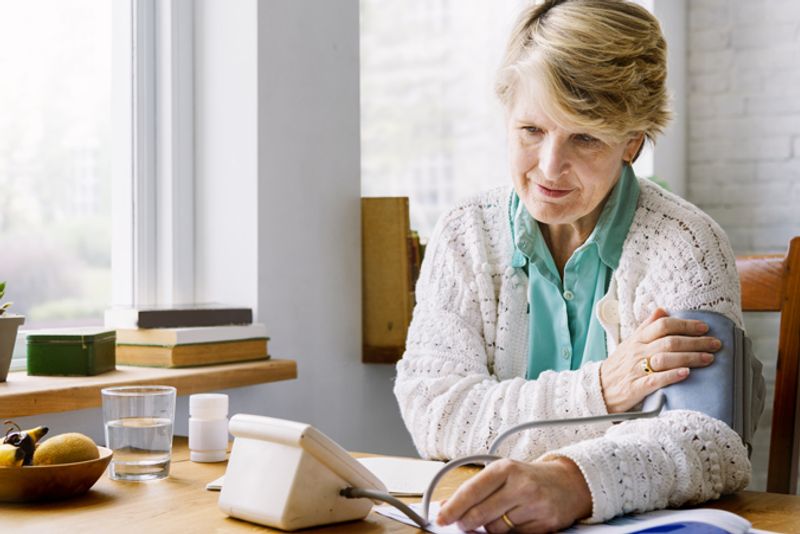Trial shows no significant benefit of enhanced home BP monitoring vs. standard approach
Key takeaways
- Enhanced devices paired to a smartphone app are not more effective than standard devices for self-monitoring BP.
- Patients who received the enhanced device had lowered their BP by 10.8 mmHg, and those who received the standard lowered it by 10.6 mmHg.
- About 70% of participants said they would recommend their device to a friend, regardless of the kind of device they were assigned.
There is no significant benefit from enhanced home BP monitoring devices compared with standard devices in the absence of additional support from health care providers, based on the results of a randomized study.
The study, published in JAMA Internal Medicine, “provides practical, real-world answers for doctors and patients,” Mark J. Pletcher, MD, MPH, a professor of epidemiology and biostatistics at the University of California, San Francisco, said in a press release accompanying the study.

“There have been a lot of studies suggesting that with home monitoring, the more support and handholding you give, the better results you get for blood pressure control. But most of these programs are really hard and expensive to implement,” Pletcher said.
Pletcher and colleagues hypothesized that “commercially available technology might help by providing patients with reminders to check their blood pressure, and the ability to visualize and understand the data,” according to the release. However, they instead found that standard self-monitoring is just as effective as enhanced self-monitoring using a device paired with a smartphone app.
They conducted the randomized clinical trial in 23 health systems and included 2,101 patients — two thirds of whom were Black or Hispanic — who said they had uncontrolled BP, wanted to lower it, and had a smartphone, according to the study. The participants received either a standard device or an enhanced one that paired with a smartphone app in the mail with instructions and resources.
The researchers found that, after 6 months, the patients who received the enhanced device had lowered their BP by 10.8 mmHg, and those who received the standard device lowered it by 10.6 mmHg — a difference of just –0.19 mmHg (95% CI, 1.83 to 1.44; P = .81).
“There’s a cost issue with the Bluetooth devices, and the time and effort involved in connecting them to a smartphone is really not trivial. As it turns out, there doesn’t appear to be any benefit to any of that,” Pletcher said in the release. “What seems to matter is engagement and support from health care providers.”
Taking into consideration other studies — like one that found a slight benefit from an intensive digital intervention with an integrated web app for clinicians — Pletcher and colleagues said the results support the idea that self-monitoring BP provides only small reductions in a patient’s systolic BP, which are “not augmented much by simple digitally mediation cointerventions without clinician-engaged support.”
The secondary outcomes — like reductions in diastolic BP and BP control — were “mostly null,” the researchers explained, and a similar percentage of participants in both groups were “very likely to recommend their device to a friend.”
In future research, the researchers will continue exploring whether “technology can help doctors engage patients to control their hypertension,” according to the release. “One area of particular focus is a smartwatch-style monitor that continuously tracks BP with no action required of the wearer.”
Reference:
- For checking blood pressure at home, basic cuffs are just as good as standard devices. https://www.eurekalert.org/news-releases/961619. Published Aug. 15, 2022. Accessed Aug. 18, 2022.
- Pletcher, M J, et al. JAMA Intern Med. 2022;doi:10.1001/jamainternmed.2022.3355.
